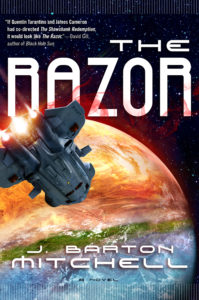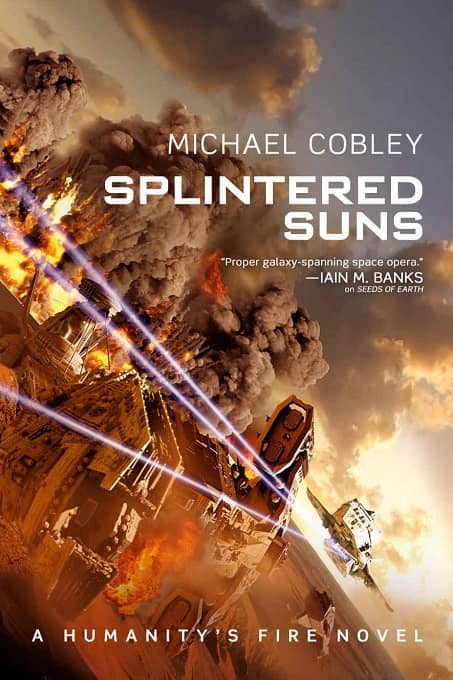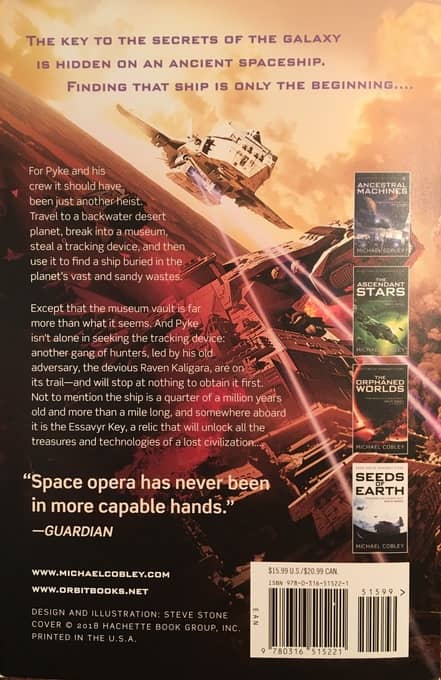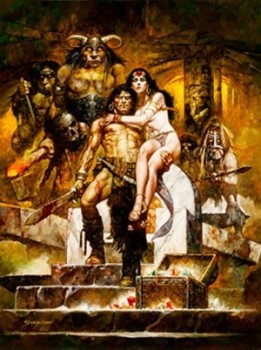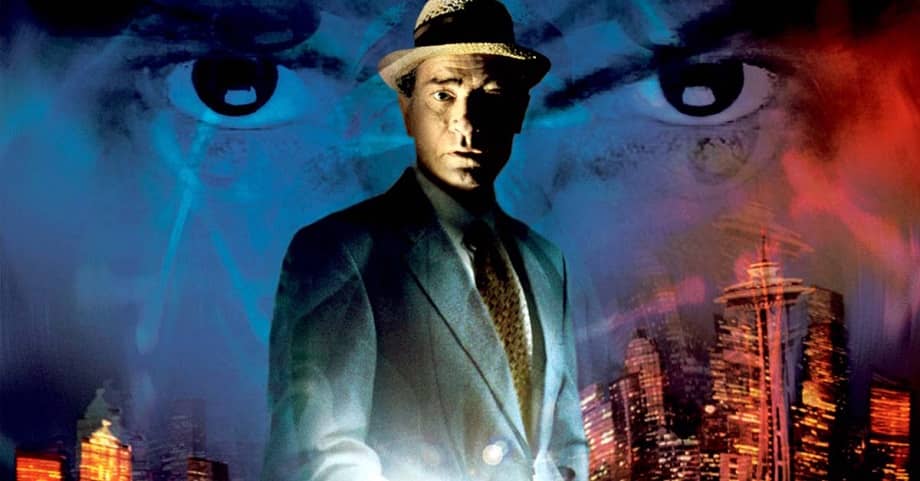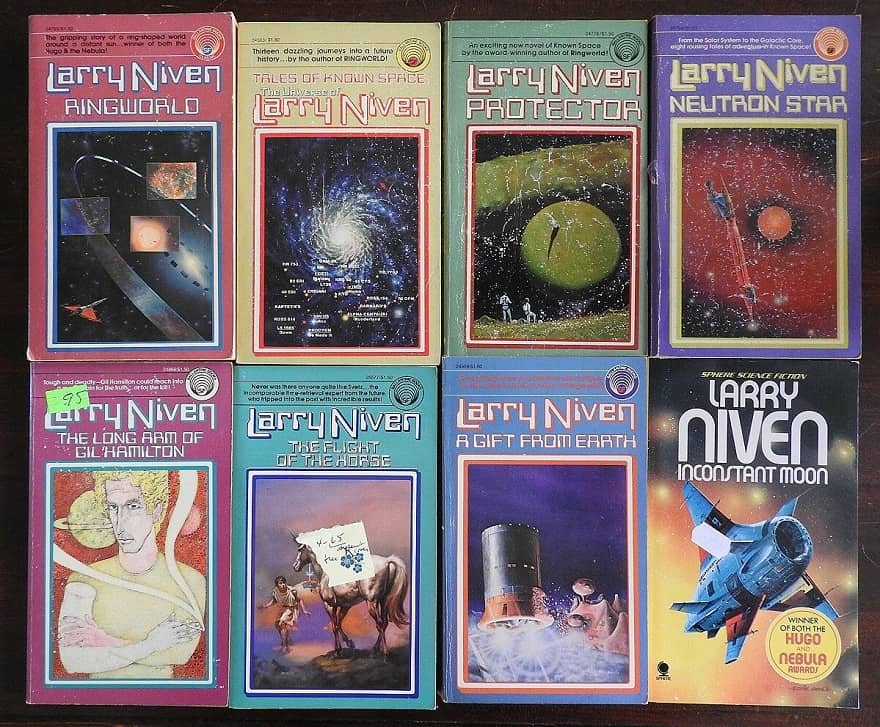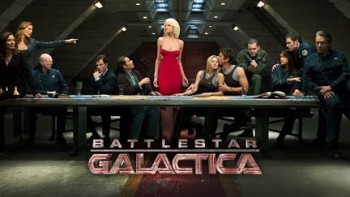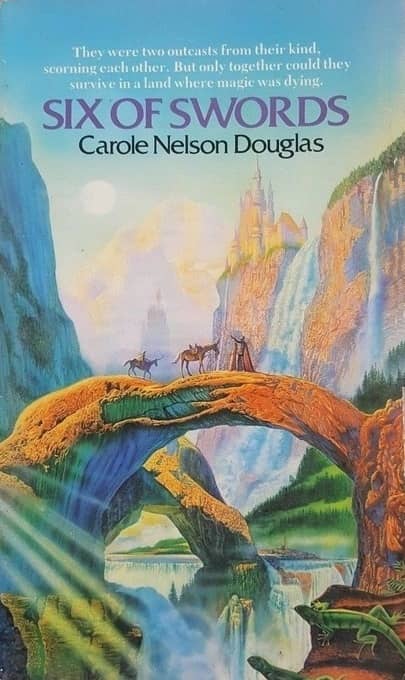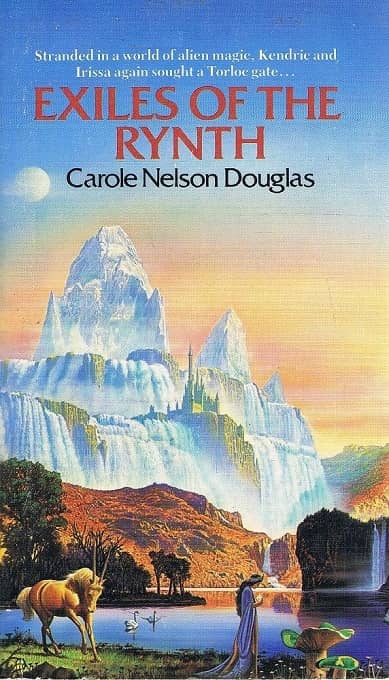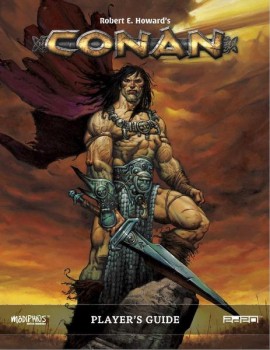Ghost Stories: Classic Tales of Horror and Suspense edited by Lisa Morton and Leslie S. Klinger
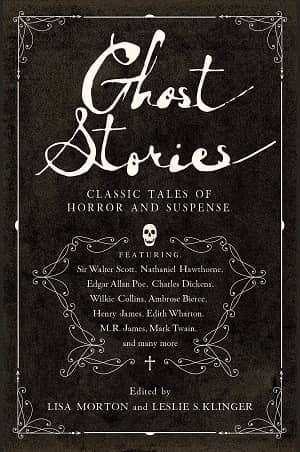 I know it’s nowhere near Halloween — what Goth Chick joyously calls “The Season” — but that doesn’t mean I don’t delight in a brand new ghost story anthology.
I know it’s nowhere near Halloween — what Goth Chick joyously calls “The Season” — but that doesn’t mean I don’t delight in a brand new ghost story anthology.
Master anthologists Lisa Morton and Leslie S. Klinger deliver a terrific new volume of neglected spooky tales from Pegasus Books: Ghost Stories: Classic Tales of Horror and Suspense. It arrives in a handsome hardcover edition next week. Here’s the description.
A masterful collection of ghost stories that have been overlooked by contemporary readers ― including tales by celebrated authors such as Charles Dickens, Sir Walter Scott, Mark Twain, and Edith Wharton ― presented with insightful annotations by acclaimed horror anthologists Leslie S. Klinger and Lisa Morton.
The ghost story has long been a staple of world literature, but many of the genre’s greatest tales have been forgotten, overshadowed in many cases by their authors’ bestselling work in other genres. In this spine-tingling anthology, little known stories from literary titans like Charles Dickens and Edith Wharton are collected alongside overlooked works from masters of horror fiction like Edgar Allan Poe and M. R. James.
Acclaimed anthologists Leslie S. Klinger (The New Annotated Sherlock Holmes) and Lisa Morton (Ghosts: A Haunted History) set these stories in historical context and trace the literary significance of ghosts in fiction over almost two hundred years ― from a traditional English ballad first printed in 1724 through the Christmas-themed ghost stories of the Victorian era and up to the science fiction–tinged tales of the early twentieth century.
In bringing these masterful tales back from the dead, Ghost Stories will enlighten and frighten both longtime fans and new readers of the genre.
Including stories by: Ambrose Bierce, Wilkie Collins, Charles Dickens, Olivia Howard Dunbar, Nathaniel Hawthorne, Henry James, M. R. James, Arthur Machen, Georgia Wood Pangborn, Mrs. J. H. Riddell, Elizabeth Stuart Phelps, Edgar Allan Poe, Sir Walter Scott, Frank Stockton, Mark Twain, and Edith Wharton.
Ghost Stories has an impressive list of contents. I tried to find a copy of the Table of Contents, but all I found was this weird Google widget that allows you to browse the first 40 pages of the book (including the TOC). Here it is.

